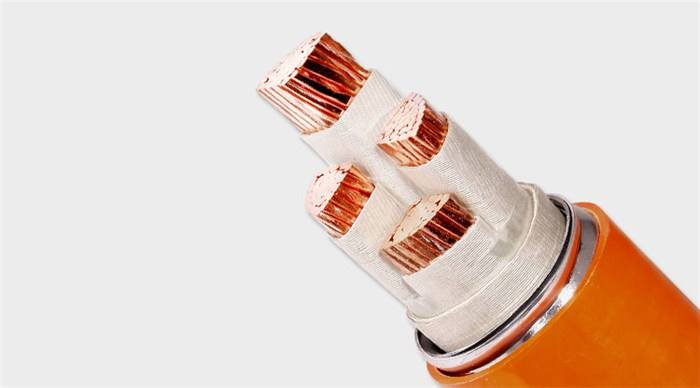
If the diameter of copper wire is smaller than the national standard, must it be non-standard cable?
For a long time, there has been a headache for cable sales, that is, whether the loss of square cable is non-standard cable. Because many customers like to measure the diameter of the cable conductor to determine whether the cable is qualified. This issue has been widely discussed in our WeChat group.
Not long ago, a report issued by CQC, an authoritative organization, attracted the attention of the industry, and this report also answered the question that troubled many people.
1. What organization is CQC?
The China Quality Certification Center (CQC) is a national certification body approved by the Central Organization Committee, established by the General Administration of Quality Supervision, Inspection and Quarantine of the People's Republic of China, and entrusted to the CNCA for management. CQC is the earliest, largest and most authoritative certification body to carry out quality certification in China. Over the past decades, it has accumulated rich experience in international quality certification, achieved outstanding results in all businesses, and ranked first in the number of certification clients in China and in the forefront of global certification bodies.
2. "Nominal" sectional area of cable conductor
Nominal sectional area: refers to the measurement value specified in the product standard and often used in tables. The measurement value derived from the nominal value must generally be inspected by measurement under the specified tolerance.
From this concept, we can know that the nominal cross-sectional area is only used to describe the specification of wires and cables, and is only the code or name of the specification, which is convenient for production management and document representation.
3. "Actual" sectional area of cable conductor
Actual cross-sectional area: it refers to the actual cross-sectional area of the conductor, that is, the value measured with a micrometer. For wire and cable manufacturers, how large the conductor section of a nominal section is designed to meet the standard requirements means that the design section (electrical section) under this nominal section should meet the standard requirements, that is, whether the DC resistance meets the standard requirements.
Nowadays, with the improvement of the production process of conductor materials and scientific and technological progress, the advanced production process of oxygen free copper materials has been widely used. The resistivity of copper conductor materials is enough to ensure that copper wires with less than the nominal diameter can meet the requirements of the corresponding specifications of DC resistance.
To sum up: at present, it is common in the cable industry that the DC resistance is qualified, but the actual diameter of the core is smaller than the nominal diameter or the actual section is smaller than the nominal section, which is in line with the requirements of the product standards.
4. Requirements for conductor cross-sectional area in the standard
At present, the product standards of the major mainstream standard systems of wires and cables adopt the nominal sectional area or specification code to distinguish conductors of different sections. For example, IEC standards, European standards and national standards (GB/T5023, GB/T12706, etc.).
Among them, the assessment of different section specification codes is based on the conductor resistance value, rather than the actual measurement of conductor cross-sectional area.
In the national standards GB/T 5023-2008, GB/T 5013-2008 and GB/T 12706-2008, it is mainly stipulated that the cable conductor meets the requirements of GB/T3956. The main assessment includes: (1) the maximum diameter of a single wire of flexible conductor and the minimum number of single wires in hard conductors; (2) The resistance of the conductor at 20 ℃.
Shandong Peninsula Cable Co., Ltd. is a professional Flexible fireproof cable Manufacturer, please call for consultation.


